Dragons of Babylon, Part 4
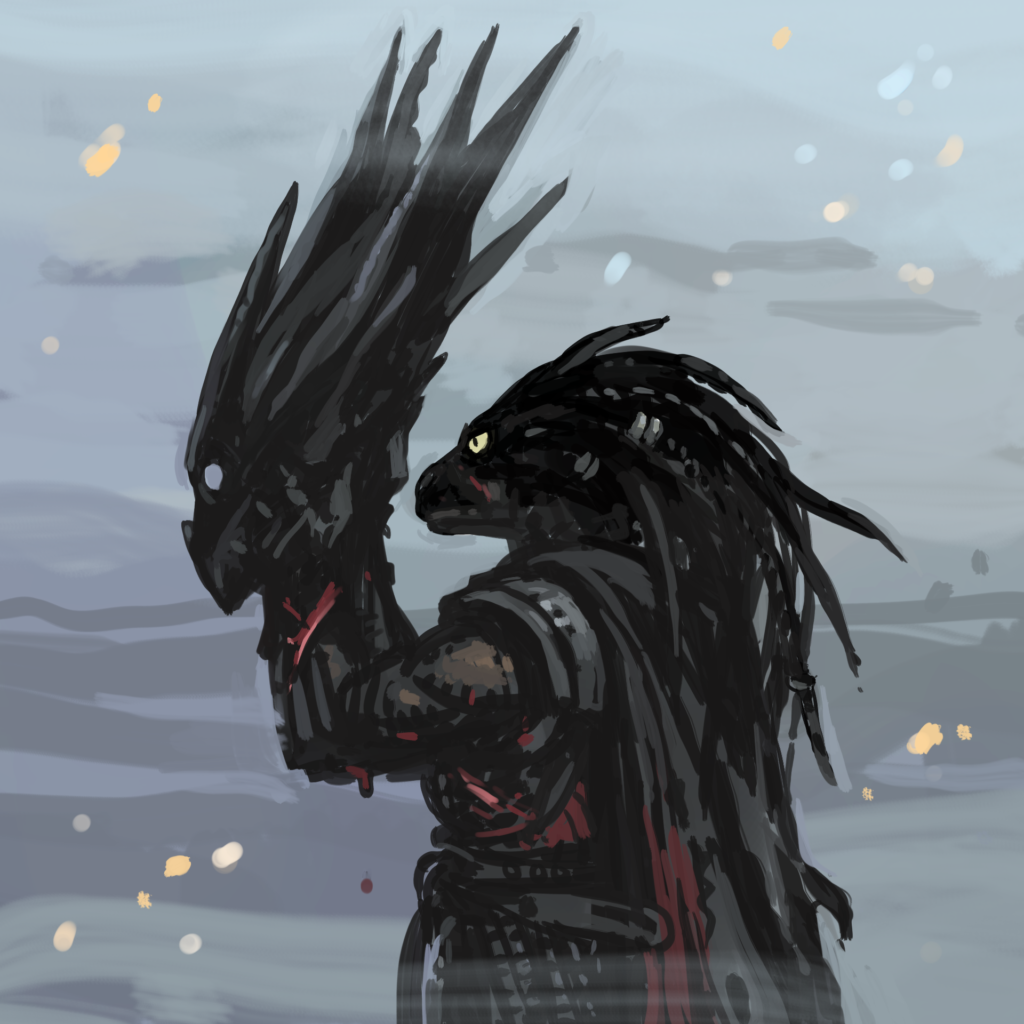
We played D&D for four years. Occasionally there were arguments; occasionally people left the game on a bad note. But even when things went sour, folks are still friendly. There were fun moments, unexpected moments, tense fights, not-so-tense-because-I-didn’t-balance-the-opposition-well fights, and many little notes and works of art (and even songs!) written and drawn. And I had a lot of time to think about D&D 5th edition and about DMing, and generally just about hanging out with other gamers.

* I’ve been playing D&D since elementary school in the ’80s, and D&D 5th edition is my favorite version of D&D. It’s balanced, has lots of flavor, and is fairly easy to use. It’s on the upper end of complexity for modern RPGs, but D&D is like Esperanto: every gamer understands the basic concepts so much of the ‘groundwork’ is already done.

* Designing challenging fights is hard. The Challenge Ratings (CR) in D&D5e are definitely designed for a 4-player group. If you want challenging fights for even a 5- or 6-player group, you have to REALLY up the challenge rating and number of monsters. I occasionally forgot about this (“Mwa ha ha ha ha! A green dragon is a CR 15 challenge! I wonder if this fight will be too hard, what will I do if they all die…?”) and accidentally ended up giving the players pushover encounters (“Huh, they killed that green dragon pretty easily…”). Luckily, players are rarely pissed off by winning fights. Tinkering with balance was a struggle for the entire campaign but generally things went better and were more exciting when I ignored CR and just hit the adventurers with more than I thought they could handle. (Also, it usually ‘feels’ fairer to spontaneously nerf the bad guys by having them “roll a 1” or having some NPC distract them, than it does to spontaneously give them extra hit points because the PCs are kicking their butts too easily… -_ -;; ) Although every player is different, most players enjoy the feeling of risk and knowing their PC’s life depends on that one final Death Save or die roll.
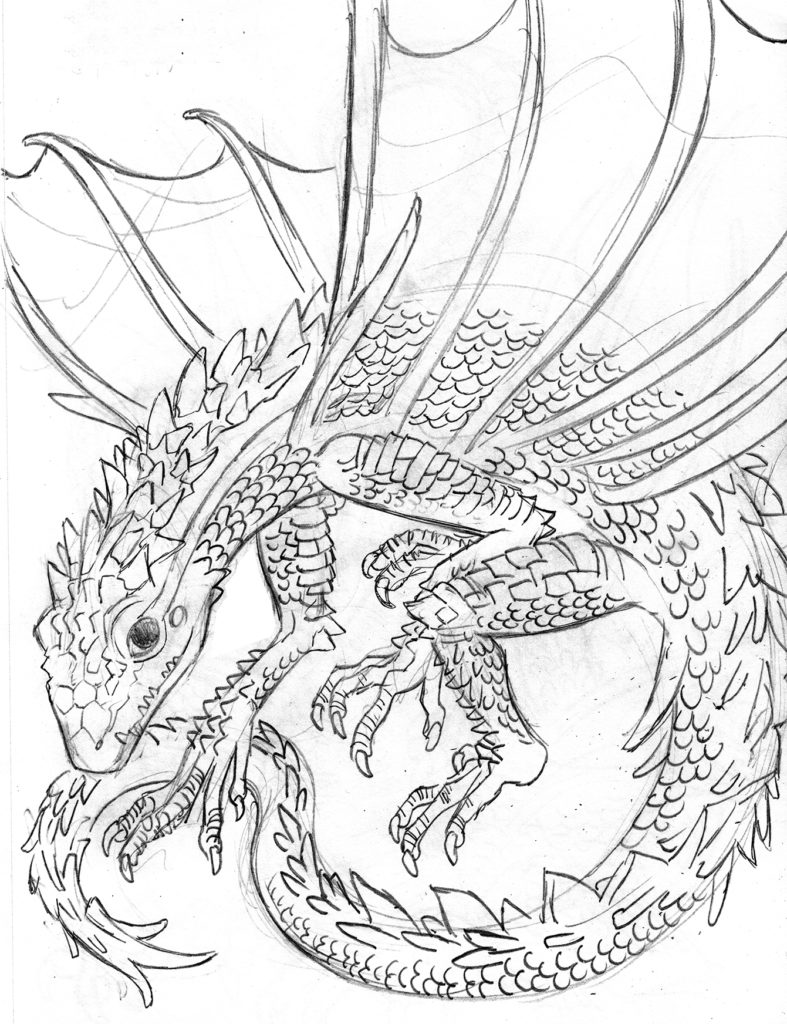
* There’s also definitely such a thing as a cheap shot by the DM. The one game session I most regret was the time the adventurers went out to a drinking contest and I decided “hmm, guess I’ll have the criminals kidnap them now” and they got jumped by thugs and I told them they had were all “poisoned” by alcohol and had disadvantage on their rolls. >_> Sorry everybody!
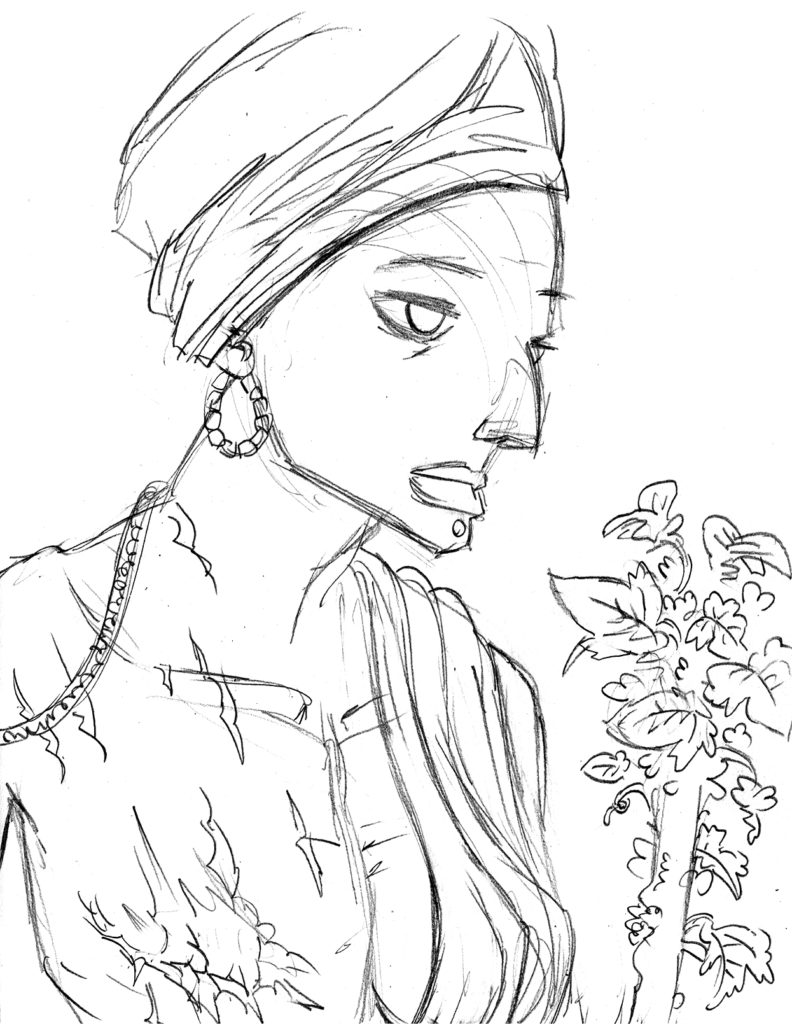
* I love the ease of grid-based combat in D&D 5th edition. D&D is a fighting-centric game, and maps allow you to make more interesting and more complicated combats than the loosey-goosey dogpile of combat without maps. It’s the same way that a fight in a movie or a manga/comic can hold my attention much longer than a fight in a prose book. OTOH, one player in the group hated going into “boardgame mode”, and ultimately left the game partly because he got tired of the complexity of 5th edition combat. Everyone’s different. All RPGs don’t need maps, of course, but I really like them in D&D.

* Level 3-10 are the ‘sweet spot’ for D&D. Raising levels is intuitively appealing; almost every player enjoys the shonen-manga feel of getting stronger (and usually acquiring more stuff). However, once you get to the higher levels the game slows way down; (a) the math is more complex, (b) everyone has so many options it takes more time to decide what you’re doing and (c) it simply takes many, many more fights (as well as much stronger opponents) to whittle down the PCs’ enormous reserves of spells and hit points. Players may gaze aspirationally upon the cool high-level stuff, and the concept of playing super-powerful godlike heroes brings its own story possibilities, but it makes sense that there’s limited demand for high-level D&D adventures and books.
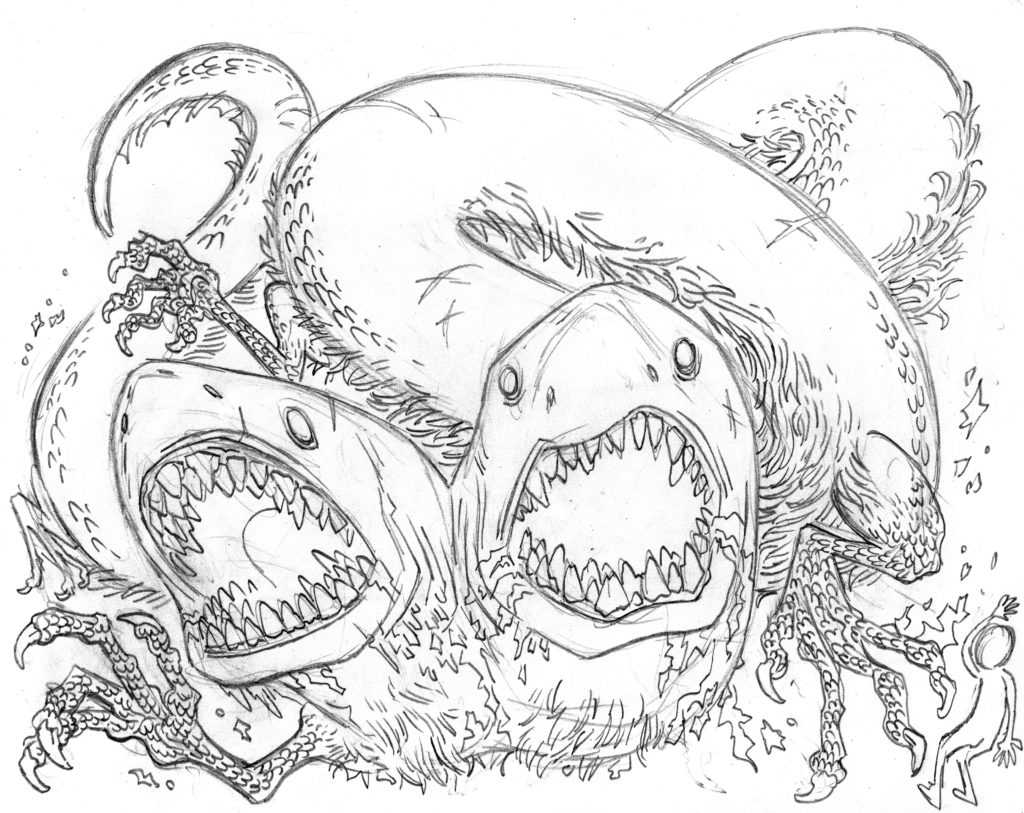
* The D&D5e spell list is fun for the type of complexity-loving player who likes it. In a superheroes game you want lists of cool powers, in a spies game you want lists of cool equipment, and in a D&D game you want lists of cool spells. Flipping through the Player’s Handbook quickly to find spells is a skill I am proud to have mastered.
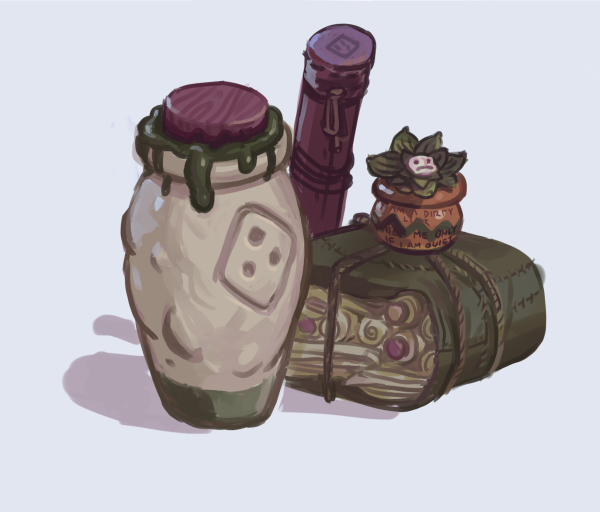
* But I still have to say… the “Healing Word” spell is totally overpowered! It’s ranged AND it only costs a bonus action? >_> “Cure Wounds” is pointless in comparison! NITPICK
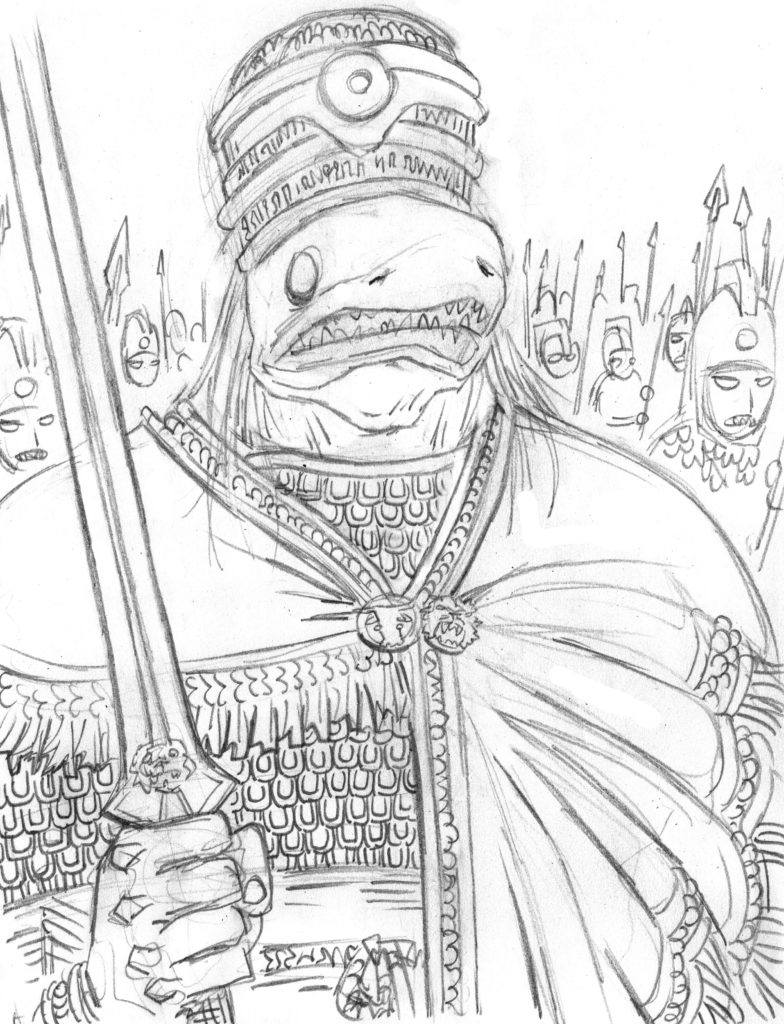
* I read a tweet awhile back claiming that “DMing isn’t any harder than being a player!” I agree with the intended encouragement that everyone should try to DM if they want to, but this statement is kinda ridiculous. There are plenty of cool storygames and RPGs without DMs (like Fiasco), but in every DMed game I’ve played (a) the DM had to put in much more ‘prep time’ than the players, and (b) the DM has to be constantly attentive to everyone at the table, whereas players have more freedom to occasionally space out, or leave the room and get a coke, or doodle on their character sheet or whatever. Just like some players play RPGs to be heavily involved in the story and constantly emote in-character, and other players play RPGs more to just chillax and hang out with their friends, –> and that’s okay!! <– some people enjoy the increased involvement of DMing and some people don’t. It’s just a different experience. As for the additional prep time, D&D is a creative experience, and I loved putting in the extra touch… drawing maps, drawing sketches of monsters and people the characters encountered, creating fake props, writing little poems and speeches for the monsters. It’s perfectly possible to have tons of fun playing a completely improvised RPG, but there are so many little ways to increase the immersion of the game and create art which brings players into that world.
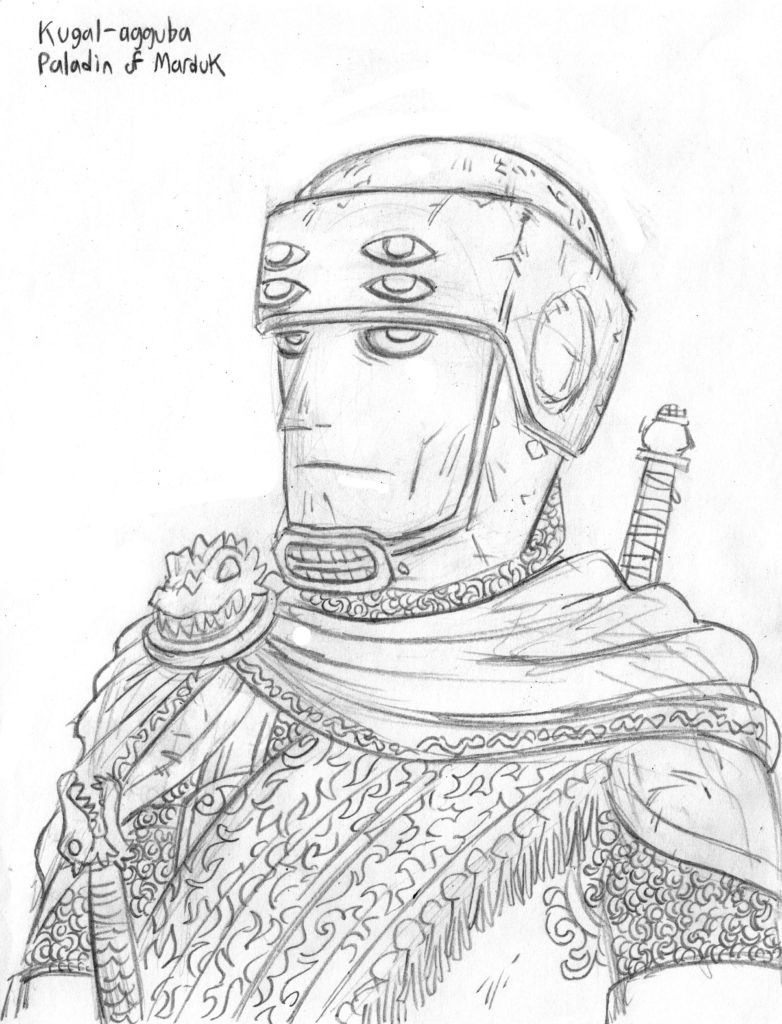
Next post, more D&D problems!!
yr players are awesomely talented!
Thanks!! :) It was a fun campaign!